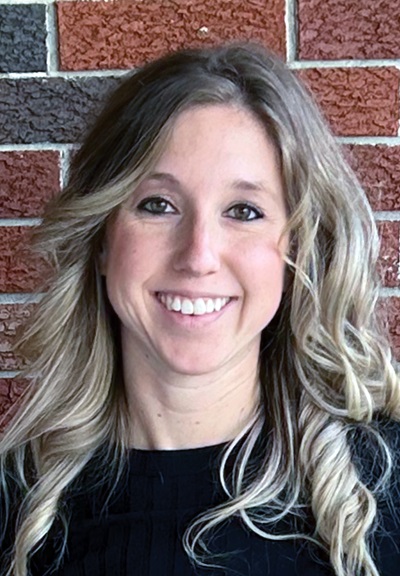Nurse Practitioner Urges Patients: ‘Take Care of Your Bones’

(Photo provided)
By MONICA CALZOLARI
OTSEGO COUNTY
One of the many conditions that Bassett Healthcare Network Nurse Practitioner Kelsey E. Olmstead treats is osteoporosis.
Olmstead has been an NP for nine years and has worked at Bassett for seven and a half years in endocrinology. She sees patients at four Bassett Healthcare Network locations: Oneonta, Cooperstown, Herkimer and online via telemedicine.
“We typically start screening women [for osteoporosis] at age 65,” Olmstead said. “If you have a higher risk of fracture, earlier screening is recommended. Age, sex, race and family history are all risk factors that can affect your bone density.”
According to the Office of Disease Prevention and Health Promotion, 10 million people in the U.S. over the age of 50 have osteoporosis. Most are women. Two million are men, according to the U.S. Department of Health and Human Services.
Olmstead said, “Osteoporosis has no symptoms. There is no pain, but your bones look like Swiss cheese. The biggest concern with osteoporosis is the high risk of fracture.”
Fractures of the hip, wrist and spine are the breaks that occur most often in aging patients.
To monitor the progress of the disease, a bone density scan is recommended every two years. A DEXA scan measures bone mass density and assigns a T-score. The lower the T-score, the higher the risk of fracture.
“There are several medicines to help maintain bone densities—some build bone,” Olmstead said.
The main goal is to prevent fractures and maintain quality of life. Having an adequate amount of calcium and vitamin D helps maintain bone health.
“Medication can help pull calcium and vitamin D into the bones,” Olmstead explained.
Good sources of calcium include eggs, broccoli, cheese, nuts, spinach, milk, yogurt, cottage cheese and tofu. Vitamin D intake is important, too, because it helps the body use calcium.
Olmstead said, “Our bodies naturally build and break down bones.”
Osteoporosis develops when the body breaks down more bone than it produces.
Prevention is key, Olmstead said. A good diet, exercise, and avoiding falls and fractures are critical. Weight-bearing and muscle-strengthening exercises are recommended.
Those who smoke, drink alcohol or have an eating disorder are at a higher risk of developing osteoporosis. Also, estrogen drops sharply after menopause. Hormone replacement therapy for menopausal women can help prevent deterioration of bone tissue.
Prevention of bone loss starts well before age 65. Not drinking enough milk as a kid and being long-term deficient in vitamin D can affect the health of young bones, too.
Born and raised in the Mohawk Valley, Olmstead is a graduate of SUNY Polytechnic in Utica. She earned her bachelor’s degree while working as a registered nurse and added a master’s degree to become a nurse practitioner. She also has five years of specialized knowledge in endocrinology.
Olmstead explained the reason she was drawn to nursing.
“I have family members who are nurses and nurse practitioners,” she said. “I have always had a desire to help people.”
If you or someone you know may be at risk for osteoporosis, speak to a primary care practitioner about scheduling a screening.

